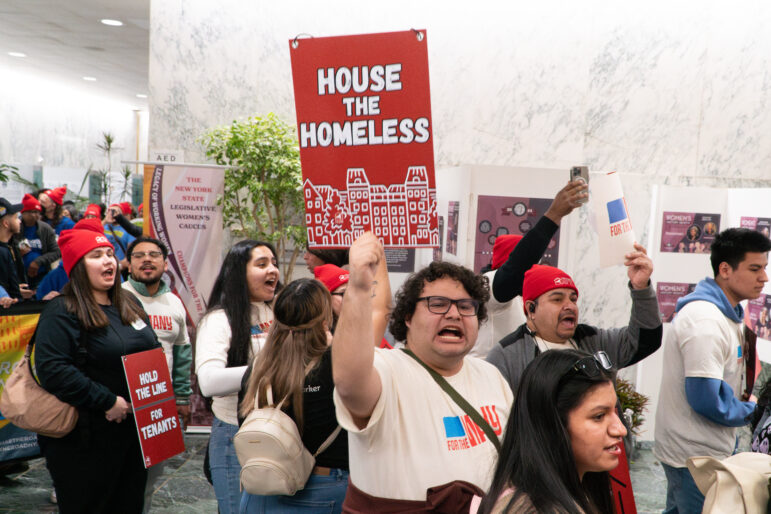
Photo by: Vicpeters
Flooding caused by Hurricane Sandy on Emmons Avenue.
Brooklyn has come a long way since superstorm Sandy flooded homes, coated streets with sand and knocked high rises into lightless cold. But it still has a long way to go.
“While systems are back online and homes are mucked out, coastal communities continue to struggle,” a new report from the Brooklyn Recovery Fund. “Home and business owners have spent down their life savings and built up debt. Many are barely making mortgage payments, and live in fear of foreclosure. Tenants face new and increasing landlord issues, including ongoing repair needs and rent hikes, and many have been forced to start over in unfamiliar neighborhoods. Storm drains remain clogged, temporary boilers create the random loss of heat, and mold persists in homes — threatening the health of our families.”
The Fund—a joint project of the Brooklyn Chamber of Commerce, Brooklyn Borough President and Brooklyn Community Foundation—depicts a landscape of need in the borough. Some of the issues are borough-wide, and some are specific to the hard-hit areas of Red Hook, Coney Island, Brighton Beach, Sheepshead Bay, Gerritsen Beach and Canarsie.
Many of the recommendations relate to future needs, like establishing a reserve corps of medical officers in each neighborhood, running disaster training for small businesses and omitting questions about nationality and citizenship from post-disaster surveys, to avoid frightening undocumented immigrants from participating.
But other needs are immediate, and reflect the ongoing impact of Sandy. Brooklyn needs to deal with sinkholes, with past-due mortgage, with air quality. Small businesses need loans, business improvement districts and programs to restore foot traffic.
The report also emphasizes the importance of inclusive planning for the next coastal storm. “It is crucial that communities are at the table when planning and coordinating preparedness, response, and long-term recovery efforts. There is no substitute for community members with long-standing knowledge of a neighborhood.”








